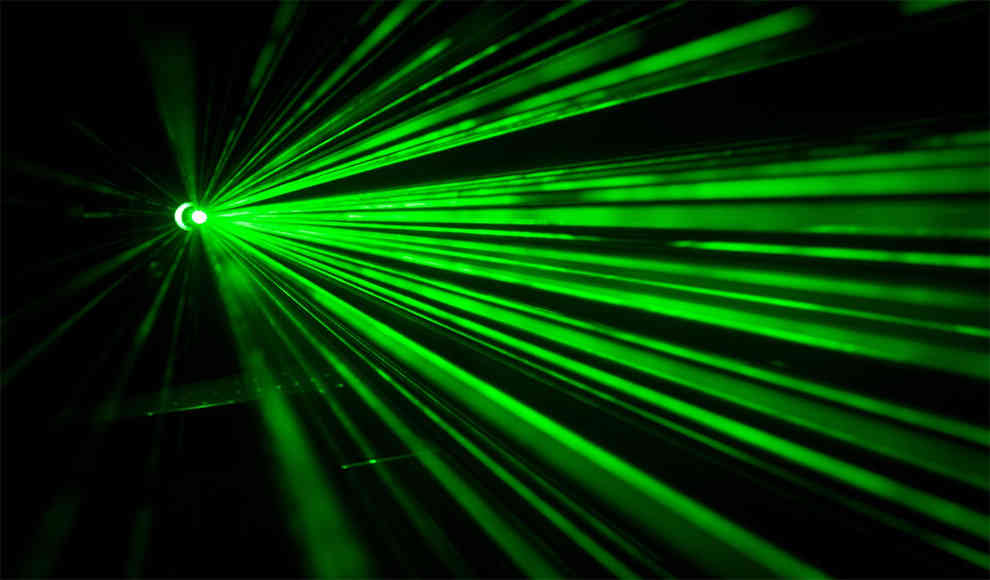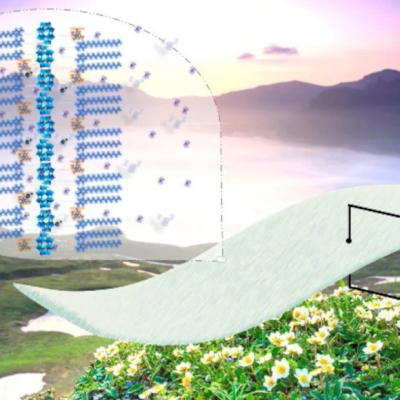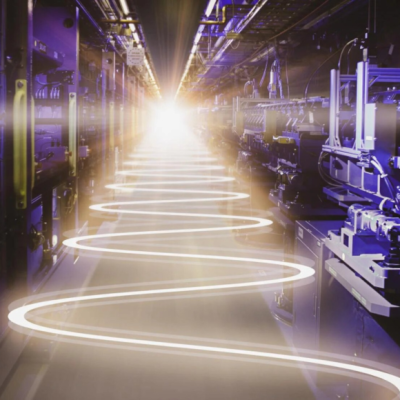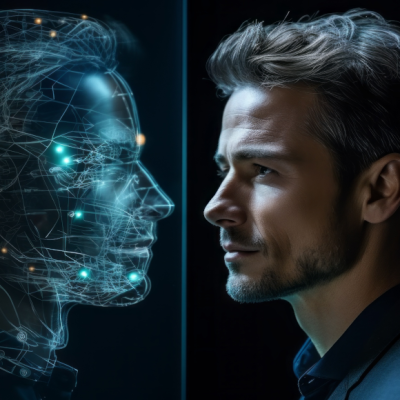Physicists at a British laboratory are attempting to prove a theory that has been considered unprovable for over 80 years: that light can be converted into matter. In 1934, physicists Gregory Breit and John A. Wheeler proposed that when two light particles collide, an electron and its antiparticle, a positron, should be created. This theory, known as the Breit-Wheeler effect, suggests that light can be transformed into matter. However, the calculated cross-section was so small that an experimental demonstration in the laboratory was deemed impossible due to the required photon density. While physicists have previously demonstrated that light can be converted into matter, these experiments required the addition of high-energy particles.
Physicist Stuard Mangles from Imperial College London and colleagues from the Max Planck Institute for Nuclear Physics have presented an experimental setup that does not require additional high-energy particles. The experiment involves two high-power lasers that collide photons with energies up to a billion times greater than visible light. The lasers are focused on a tiny target within a special chamber, and if successful, the collision of the light particles should result in the creation of positrons. This experiment would demonstrate Einstein’s famous equation, E=mc², which relates energy and mass and tells us how much energy is produced when matter is converted into energy.
The Breit-Wheeler effect is based on a theory of the interaction between light and matter known as quantum electrodynamics. While many other fundamental predictions of quantum electrodynamics have been experimentally verified, the Breit-Wheeler effect has not. If the experiment is successful, it would mimic a process that was important in the first 100 seconds of the universe and plays a central role in gamma-ray bursts.










